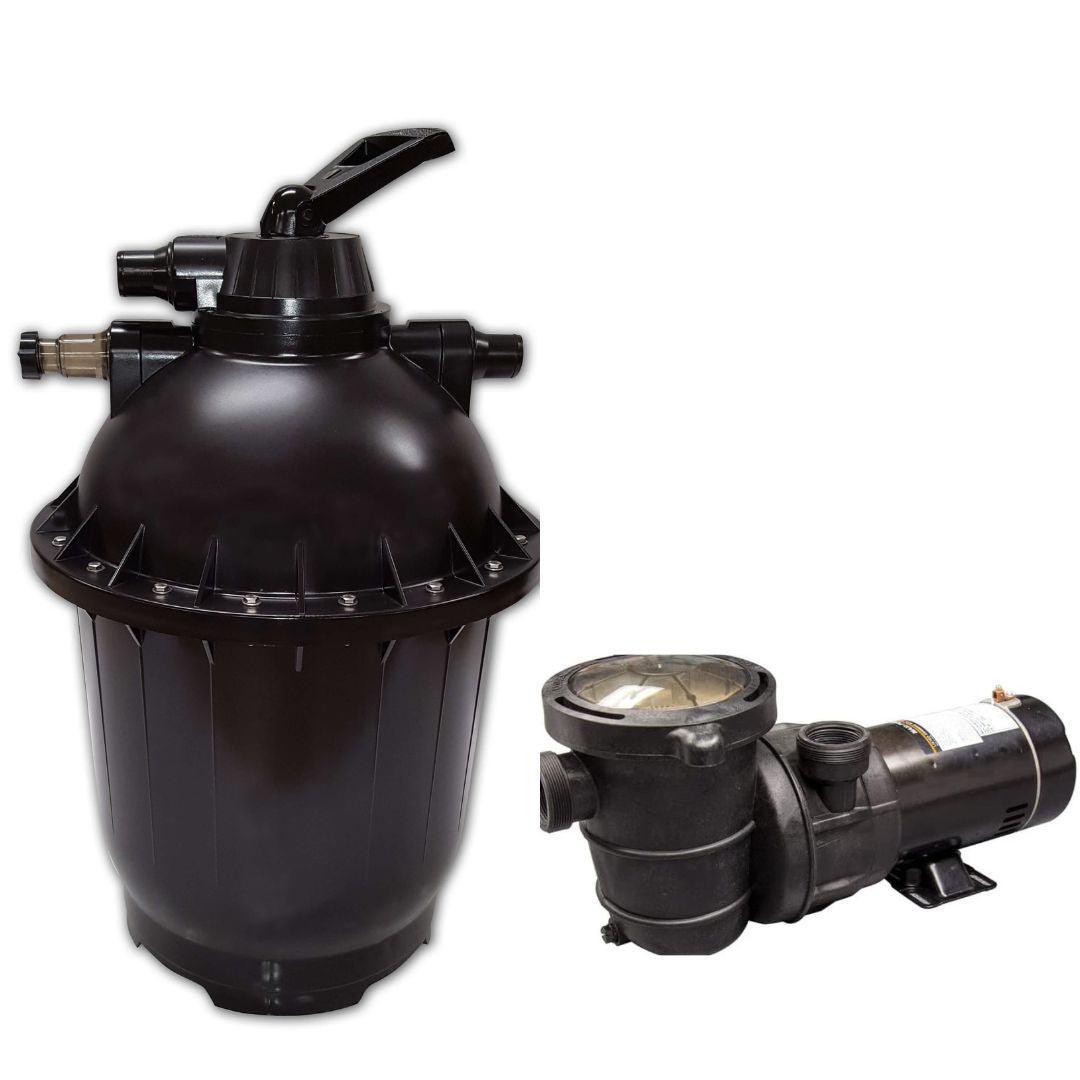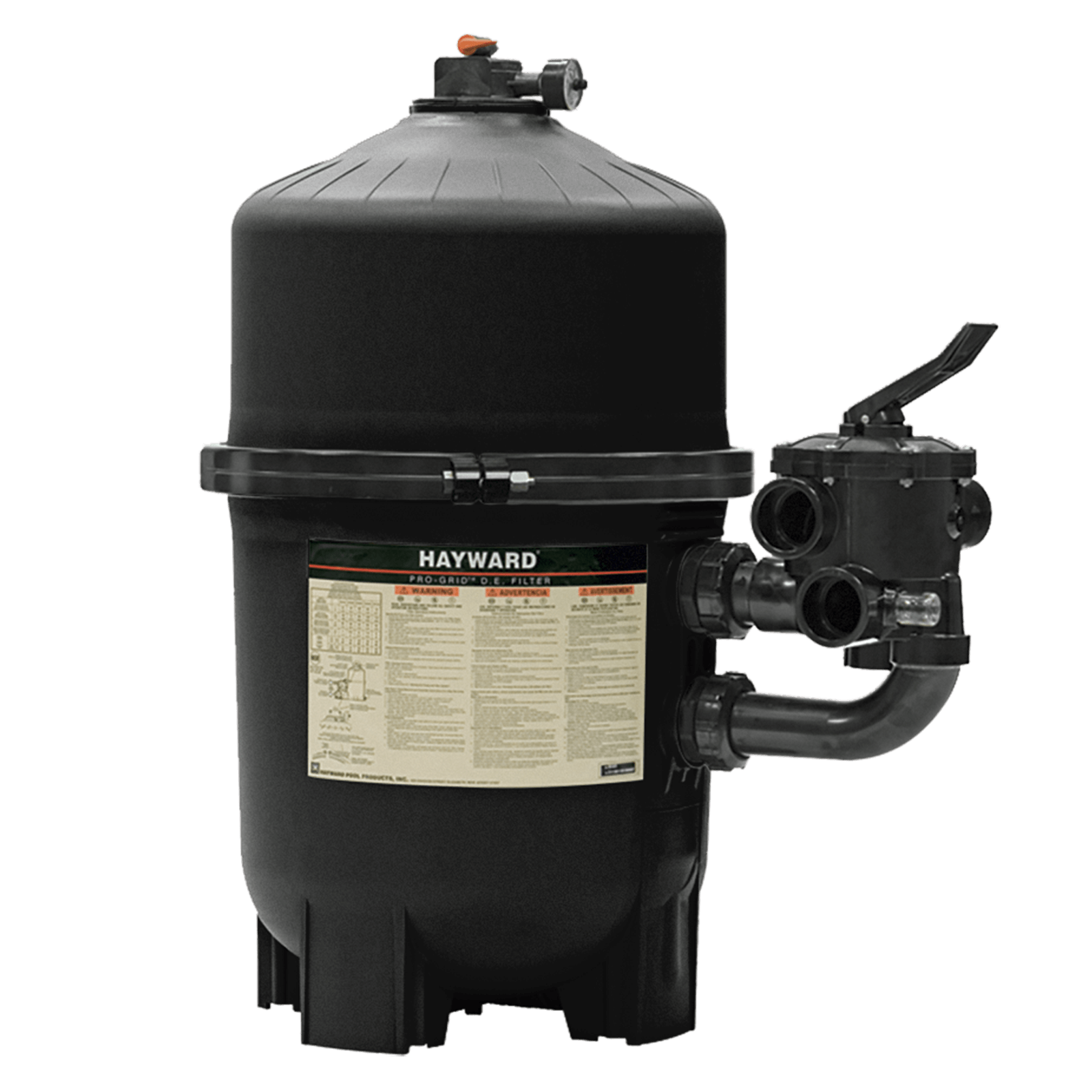Unlocking the Perks of Diatomaceous Planet Filtering for Clean and pure Water
The expedition of diatomaceous planet (DE) filtering provides an engaging alternative for those seeking effective and sustainable water purification methods. With its special framework that captures a large range of pollutants, DE filtering not just enhances water high quality but likewise uses advantages in longevity and power efficiency over conventional systems. As the demand for clean water proceeds to climb around the world, understanding the complex applications and benefits of DE filters may disclose crucial understandings for both house and commercial usage. What details factors should be thought about when choosing the perfect DE filter for your needs?
What Is Diatomaceous Earth?
Diatomaceous planet, frequently referred to as DE, is a naturally occurring stratified rock composed largely of the fossilized remains of small, water organisms called diatoms. These single-celled algae are abundant in silica, which is the primary part of DE. The distinct structure of diatomaceous earth is composed of microscopic, permeable fragments that offer a high surface, making it a reliable filtering medium.
DE is commonly harvested from old lake beds and down payments, which have accumulated over countless years. It appears as a penalty, white to beige powder, and its chemical composition mostly consists of silicon dioxide, together with trace amounts of numerous minerals. This composition is what provides DE its exceptional properties.
Along with its application in water filtering, diatomaceous earth is used in a variety of sectors, including farming, food storage space, and bug control. Its ability to soak up wetness and its rough top qualities make it an important source in these fields. On the whole, diatomaceous planet stands apart as an environmentally pleasant option for different applications because of its all-natural origin and performance in filtration processes.

Exactly How Diatomaceous Earth Filtering Functions

When water goes through a diatomaceous earth filter, the fine particles are caught in the complex network of small pores. The dimension and shape of these pores are important, as they are developed to target particular contaminants while allowing tidy water to move via. As water relocations through the filter medium, the mechanical action of the diatomaceous planet records larger fragments, while smaller contaminants are absorbed or literally obstructed.
Additionally, the surface area given by diatomaceous planet is considerable, boosting its ability to hold impurities. This results in a steady accumulation of entraped particles, which can be periodically eliminated with a backwashing process. This technique makes certain constant filtration performance and adds to the general efficiency of maintaining pure and tidy water.
Advantages Over Traditional Filtration
When comparing diatomaceous planet filtering to traditional purification methods, several advantages emerge that boost water purification efficiency. Among the key benefits is the premium filtering capability of diatomaceous planet (DE), which can remove smaller fragments and pollutants that standard filters might miss out on. The microscopic structure of DE permits it to catch impurities, consisting of germs and informative post protozoa, causing cleaner water.
Furthermore, diatomaceous planet filters tend to have a longer life expectancy than typical media, minimizing the regularity of replacement and upkeep. This durability not only lowers functional expenses yet also lessens waste, adding to even more lasting practices. DE filters additionally run at lower stress, which can more information lead to energy financial savings in large-scale applications.
One more significant advantage is the versatility of diatomaceous earth. It can be utilized successfully in numerous contexts, from local water therapy facilities to specialized industrial applications (diatomaceous earth filtering). The all-natural structure of DE makes it an environmentally friendly option, devoid of damaging chemicals and contaminants typically related to artificial filtration systems
Applications in Home and Market
Many applications of diatomaceous earth filtering system can be found in both household and industrial settings, highlighting its flexibility and efficiency in water filtration. In residential environments, diatomaceous earth (DE) filters are commonly used in pool, properly recording particles and microbes, thereby preserving water clarity and hygiene. Additionally, many households make use of DE in home water filtration systems, where it serves to remove contaminations, debris, and dangerous microorganisms, guaranteeing risk-free alcohol consumption water.
In commercial applications, diatomaceous earth filtering is integral to numerous sectors, consisting of food and drink manufacturing, drugs, and wastewater treatment. In the food sector, DE is made use of in the filtering of beer and red wine, facilitating the elimination of yeast and other particulates while preserving the drink's flavor account. Moreover, in wastewater treatment centers, DE filters play a vital duty in improving water top quality by trapping impurities and helping with the recycling of water sources.
The performance of diatomaceous earth in both home and commercial applications emphasizes its indispensable role in promoting tidy water access, adding to public health, and sustaining lasting practices.

Selecting the Right DE Filter
Picking the ideal diatomaceous earth (DE) filter is vital for ensuring ideal water filtration, whether for industrial or domestic use. diatomaceous earth filtering. The option of a DE filter depends upon numerous crucial elements, consisting of the details application, circulation rate needs, and the wanted level of filtration
First, examine the volume of water to be filtered. For residential use, smaller filters are enough, while commercial applications might require bigger, high-capacity blog systems. Next, think about the flow rate; it is important to select a filter that can handle the required throughput without compromising water top quality.
In addition, examine the filtering degree; DE filters can be found in numerous qualities, impacting the removal of particulates and impurities. As an example, higher-grade filters are optimal for applications requiring strict pureness degrees.
Finally, think about the maintenance needs and the accessibility of replacement DE powder. Filters that are less complicated to maintain and have easily available products will certainly decrease downtime and functional expenses. By carefully considering these factors, one can pick a DE filter that satisfies specific demands, guaranteeing the delivery of secure and clean water.
Final Thought
In summary, diatomaceous planet filtering stands for a significant advancement in water filtration innovation, offering boosted effectiveness and effectiveness in catching impurities. Its special permeable structure facilitates superior purification, while its environment-friendly properties add to sustainability. The durability and lower operational stress of DE filters advertise energy cost savings, making them a sensible option for different applications in both commercial and residential settings. Accepting diatomaceous planet filtering can result in boosted public wellness end results and greater access to clean water.
The expedition of diatomaceous earth (DE) filtering system offers a compelling option for those seeking reliable and sustainable water purification methods.When comparing diatomaceous earth filtering to typical purification approaches, numerous benefits arise that improve water purification effectiveness.Various applications of diatomaceous earth filtering can be found in both household and industrial settings, highlighting its versatility and effectiveness in water filtration. In household settings, diatomaceous planet (DE) filters are commonly utilized in swimming pools, successfully catching debris and bacteria, consequently preserving water clarity and hygiene. In wastewater therapy facilities, DE filters play a crucial duty in improving water top quality by capturing pollutants and promoting the recycling of water sources.